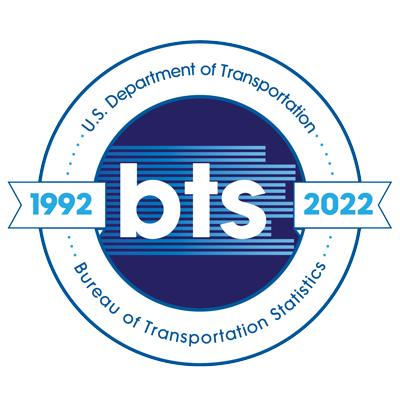A Greening Theory of Change on How Neighborhood Greening Impacts Adolescent Health Disparities
Topics:
Keywords: adolescent health disparities; vacant lots; greenspace
Abstract Type: Paper Abstract
Authors:
Michelle C Kondo, US Forest Service
Meghan Latshaw, Johns Hopkins University
Dexter Locke, US Forest Service
Kristin Mmari, Johns Hopkins University
,
,
,
,
,
,
Abstract
Neighborhoods are determinants of health disparities facing adolescents in the US. While low-resource environments can worsen disparities, neighborhood amenities such as quality parks and greenspace may improve adolescent health. However, little is understood about the mechanisms by which this might occur. Existing greenspace-health research largely takes a population-level approach, with adult populations. In addition, social determinants of health commonly show up in greenspace-health research only as confounders and control variables in regression models. We propose a Greening Theory of Change that explains how greening initiatives might affect adolescent health and health disparities, that begins with macro-social factors and inequalities in distribution of resources which affect local-level social and neighborhood environments. Community-based greening activities that involve youth can effect adolescent development and support at individual, interpersonal and environmental scales. These mechanisms can lead to short- and long-term changes in adolescent health and well-being, in addition to socioeconomic context. We use the Greening Theory of Change to frame the objectives of Project VITAL (Vacant lot Improvement to Transform Adolescent Lives) in Baltimore, MD, which aims to 1) build a citywide sharable database on restored and unrestored vacant lots; 2) perform a quasi-experimental and cost-effectiveness study of the impact of various greening initiatives on three adolescent health outcomes: violence, mental health, and food insecurity; 3) interview youth about whether and how greening may have influenced their health and well-being; and 4) develop case studies on best practices for greening programs that engage and foster outcomes for young people. Preliminary analyses will be shared.
A Greening Theory of Change on How Neighborhood Greening Impacts Adolescent Health Disparities
Category
Paper Abstract








